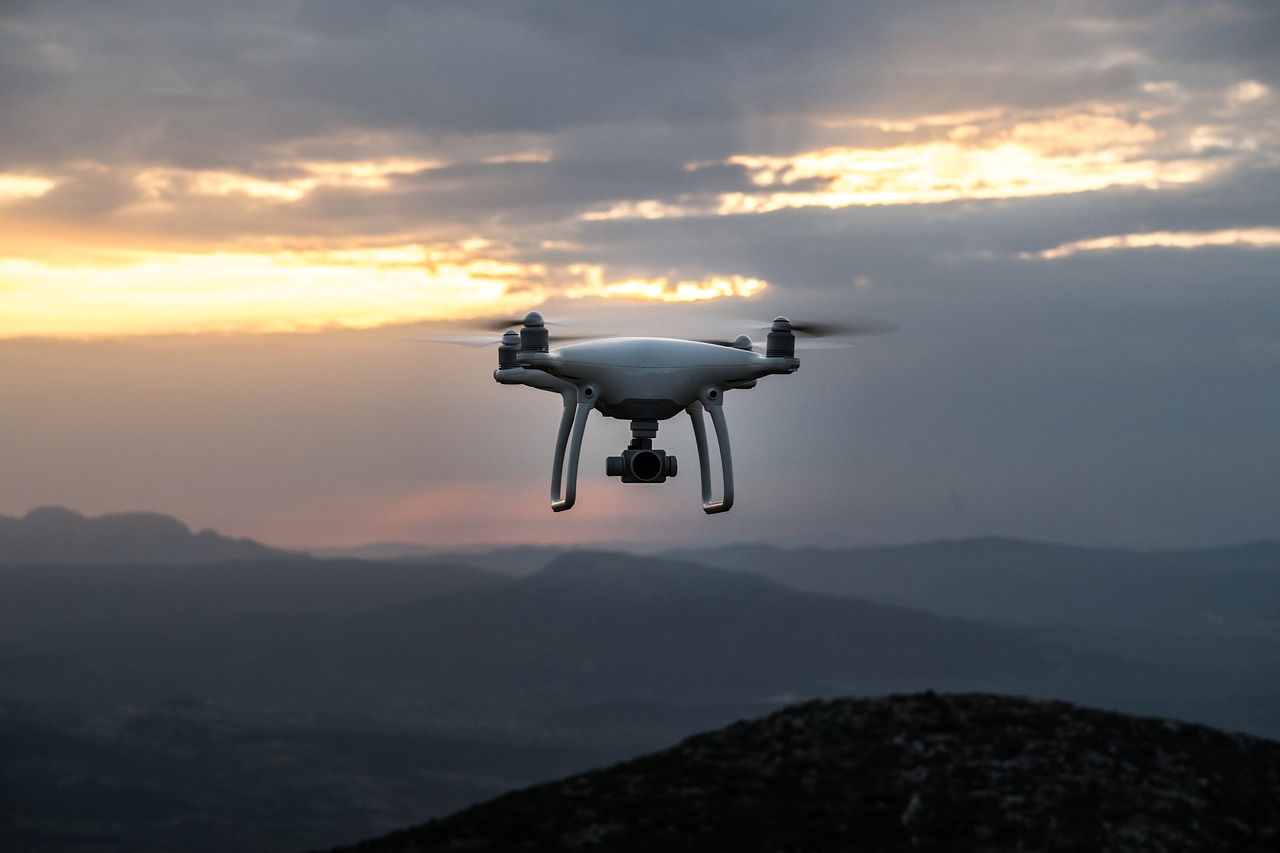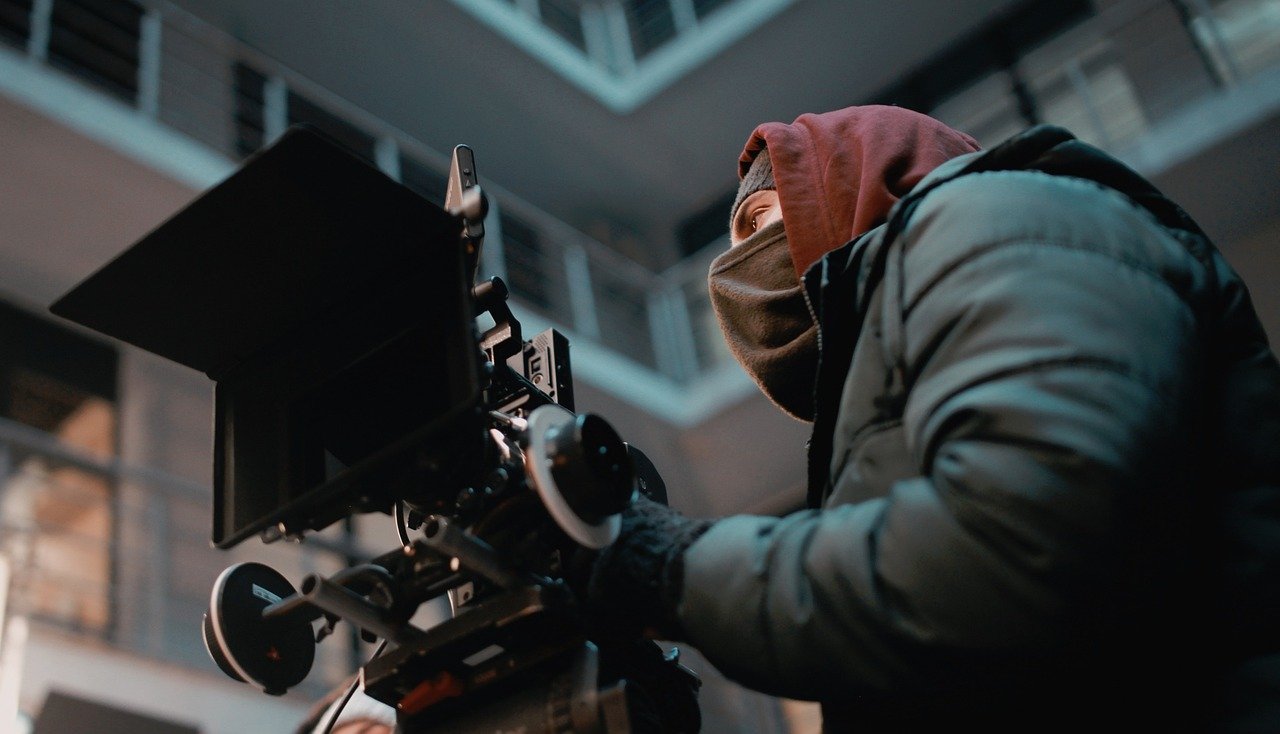Aerial Photography: Capturing the World from Above Aerial photography, also known as airborne imagery, is…
Drone Photography: Capturing the World from Above
Introduction: Embracing the Aerial Perspective
In recent years, drone photography has revolutionized the way we capture the world around us. With the ability to soar through the sky and capture stunning aerial shots, drones have opened up new possibilities for photographers and enthusiasts alike. In this article, we will explore the art and science of drone photography, from its evolution to its unique advantages and various applications.
The Evolution of Drone Photography

Drone photography has come a long way since its inception. Initially used primarily for military purposes, drones gradually made their way into the consumer market. Advancements in technology have made drones more accessible, affordable, and user-friendly, allowing photographers of all levels to explore the limitless possibilities of aerial imagery.
Advantages of Drone Photography
- Unparalleled Perspectives: Drone photography offers a fresh and unique perspective, enabling photographers to capture images from angles that were once impossible or highly expensive to achieve.
- Flexibility and Mobility: Drones are compact, lightweight, and highly portable, allowing photographers to easily carry and operate them in various locations.
- Enhanced Composition: By capturing images from above, drones enable photographers to incorporate elements such as leading lines, patterns, and symmetry, resulting in visually captivating compositions.
- Environmental Exploration: Drones provide the ability to explore and document remote or inaccessible areas, revealing the beauty and diversity of our natural landscapes.
Essential Equipment for Drone Photography

To engage in drone photography, certain essential equipment is required. Here are the key components every aspiring drone photographer should consider:
- Drone: Choose a drone model that suits your needs, considering factors such as flight time, camera quality, stability, and maneuverability.
- Camera Settings and Accessories: Familiarize yourself with the camera settings and features of your drone, including exposure settings, white balance, and filters. Additional accessories like extra batteries, memory cards, and propellers are also essential.
- Remote Controller: Ensure you have a reliable remote controller that allows precise control over your drone’s flight and camera functions.
- Mobile Device or Monitor: Connect your drone to a mobile device or monitor to access the live video feed and make adjustments in real-time.
- Safety Equipment: Prioritize safety by investing in propeller guards, a landing pad, and a protective case for your drone.
Preparing for a Drone Photography Shoot
Before embarking on a drone photography shoot, thorough preparation is essential to ensure a successful and safe experience. Here are some crucial steps to follow:
- Location Scouting: Research and identify potential shooting locations that align with your creative vision. Consider factors such as airspace restrictions, weather conditions, and the presence of obstacles.
- Flight Planning: Plan your flight path and trajectory, taking into account the subject, lighting conditions, and potential obstacles. Use flight-planning apps or software to optimize your aerial route.
- Battery Management: Charge your drone batteries fully and carry spare batteries to extend your flight time. Monitor battery levels throughout the shoot to avoid unexpected interruptions.
- Weather Monitoring: Check weather forecasts to avoid adverse conditions that may compromise flight safety and image quality.
- Legal Compliance: Familiarize yourself with local regulations and obtain any necessary permits or licenses for drone operation in the chosen location.
Techniques and Tips for Stunning Aerial Shots

To capture breathtaking aerial shots, consider the following techniques and tips:
- Rule of Thirds: Apply the rule of thirds to compose visually appealing shots. Position key elements of interest along the imaginary gridlines or at their intersections.
- Golden Hour Magic: Shoot during the golden hours—early morning or late afternoon—when the sunlight creates a warm, soft glow and long shadows, adding depth and dimension to your images.
- Motion Blur and Panning: Experiment with motion blur by adjusting your shutter speed to capture dynamic shots of moving subjects. Alternatively, try panning to create a sense of speed and motion.
- Vertical Panoramas: Capture vertical panoramas by taking a series of overlapping images and stitching them together in post-processing, showcasing the vastness and height of your subjects.
- Framing and Leading Lines: Utilize natural or architectural elements to frame your subject and lead the viewer’s eye through the image. Examples include roads, rivers, or tree branches.
Post-Processing for Impressive Results

Once you’ve captured your aerial shots, post-processing can elevate your images to new heights. Consider the following techniques during post-processing:
- Image Selection: Choose the best images from your shoot based on composition, lighting, and overall impact.
- Color Correction and Enhancement: Adjust the color balance, saturation, and contrast to achieve the desired mood and atmosphere.
- Perspective Correction: Correct any distortion caused by wide-angle lenses or the drone’s position to ensure straight lines and proper alignment.
- Image Sharpening: Apply selective sharpening techniques to enhance details and make your images appear crisp and clear.
- Creative Editing: Experiment with different creative effects, such as black and white conversions, split toning, or adding vignettes, to add a unique touch to your images.
Safety and Legal Considerations
When engaging in drone photography, safety should be a top priority. Adhere to the following safety guidelines and legal considerations:
- Flight Restrictions: Respect airspace regulations and be aware of any no-fly zones or restricted areas in your location.
- Maintain Visual Line of Sight: Always keep your drone within your line of sight to ensure safe and controlled operation.
- Respect Privacy: Avoid invading people’s privacy by refraining from capturing images or videos of individuals without their consent.
- Check for Interference: Be mindful of potential signal interference from nearby structures or electromagnetic sources that may affect your drone’s flight stability.
- Stay Updated: Keep yourself informed about the latest rules and regulations regarding drone operations in your country or region.
Exploring Different Applications of Drone Photography

Drone photography finds applications across various industries and creative pursuits. Here are some popular use cases:
- Real Estate and Architecture: Capture stunning aerial images and videos of properties, showcasing their size, layout, and surroundings.
- Landscapes and Travel: Document breathtaking landscapes, landmarks, and travel destinations from unique perspectives.
- Weddings and Events: Add an innovative touch to wedding albums and event coverage by incorporating aerial shots of venues and gatherings.
- Environmental Conservation: Monitor and document wildlife, vegetation, and changes in ecosystems for research and conservation purposes.
- Cinematography and Film Production: Create cinematic aerial footage for films, documentaries, and commercials, adding depth and dynamism to storytelling.
The Future of Drone Photography

As technology continues to advance, the future of drone photography looks promising. Here are some potential developments on the horizon:
- Improved Flight Time and Battery Life: Manufacturers are continuously working to enhance the flight time and battery efficiency of drones, enabling longer and more productive aerial sessions.
- Smaller and Quieter Drones: Efforts are being made to develop smaller, more compact drones with reduced noise levels, making them less intrusive and more suitable for various environments.
- Advanced Autonomous Features: Drones may incorporate advanced autonomous features such as obstacle detection and avoidance, enabling safer and more intuitive flight experiences.
- Enhanced Image Stabilization: Future drones may employ even more advanced image stabilization technologies, resulting in smoother footage and sharper images.
- Integration with Virtual Reality (VR): Drone photography may merge with virtual reality, allowing users to immerse themselves in a virtual aerial experience.
Conclusion
Drone photography has revolutionized the way we capture the world, providing us with awe-inspiring aerial perspectives and unlocking creative possibilities. By embracing this innovative technology, photographers and enthusiasts can explore new heights, capture unique shots, and tell captivating visual stories. As drone technology continues to evolve, the future holds even more exciting opportunities for this dynamic art form.
FAQs
1. Do I need a license to fly a drone for photography purposes? The requirement for a license depends on your country and the weight class of your drone. It’s essential to familiarize yourself with local regulations and obtain any necessary permits or licenses.
2. How can I ensure the safety of my drone during a flight? To ensure the safety of your drone, always fly in open areas away from people, buildings, and other obstacles. Maintain visual line of sight, adhere to flight restrictions, and follow the manufacturer’s guidelines for safe operation.
3. Can I edit my drone photos on a mobile device? Yes, you can edit your drone photos on a mobile device using the various photo editing apps available. These apps provide a range of editing tools and filters to enhance your images.
4. What is the maximum range of a drone’s remote controller? The maximum range of a drone’s remote controller can vary depending on the model and the transmission technology used. In general, most consumer drones have a range of up to several kilometers.
5. Are there any weather conditions I should avoid when flying my drone? It is recommended to avoid flying your drone in strong winds, rain, snow, or foggy conditions, as these weather conditions can affect flight stability and compromise your safety.




